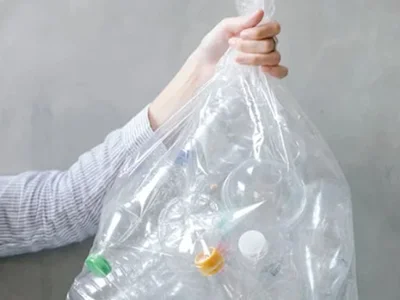Fascination About Reclaim Waste
Table of ContentsSome Known Incorrect Statements About Reclaim Waste Reclaim Waste - QuestionsReclaim Waste for DummiesThe Single Strategy To Use For Reclaim WasteExcitement About Reclaim Waste
Domestic sewer waste refers to the waste and items from a property septic tank. The appropriate monitoring and disposal of residential sewer waste call for liquid waste to be moved to a sewage therapy plant where the correct approaches and devices are applied to detoxify and dispose of waste.
Industrial waste usually consists of prospective risks, such as flammable materials or a mix of fluid and strong waste items, and requires an advanced and comprehensive disposal process. The disposal of industrial waste usually entails the filtration of waste before transportation to make sure safe and proper disposal. Industrial waste is created from by-products and drainage of commercial processes and manufacturing.
This sort of waste can not use the exact same sewage administration transport or procedures as septic or business fluids. The hazardous waste management procedure calls for the examination and testing of liquid waste before it goes through the disposal process (liquid waste removal melbourne). Drainage waste is the fluid waste that comes from overflow and excess stormwater in very populated areas or cities
Overflow waste can trigger contamination and flooding if not handled appropriately. Making certain correct waste administration can avoid catastrophes and reduce ecological injury.
An Unbiased View of Reclaim Waste
Contact PROS Providers today to find out regarding our waste administration and disposal solutions and the correct methods to care for the fluid waste you produce.
(https://reclaimwaste1.blog.ss-blog.jp/2024-11-12?1731425991)Do you recognize what happens to your water when you end, purge the commode or drain the washing machine? No? Well, it deserves understanding. This supposed 'wastewater' is not only a vital source however, after treatment, will be launched to our land, rivers or the sea. Used water from commodes, showers, bathrooms, cooking area sinks, laundries and commercial processes is referred to as wastewater.

water utilized to cool down machinery or tidy plant and tools). Stormwater, a type of wastewater, is overflow that flows from farming and urban locations such as roofings, parks, yards, roadways, paths and gutters right into stormwater drains, after rain. Stormwater flows unattended directly to regional creeks or rivers, at some point reaching the ocean.
The Main Principles Of Reclaim Waste
In Queensland, the majority of wastewater is dealt with at sewer treatment plants. Wastewater is delivered from residential or industrial sites through a system of sewage systems and pump terminals, understood as sewage reticulation, to a sewage therapy plant.
The Division of Natural Resources suggests city governments about managing, operating and preserving sewage systems and treatment plants. In unsewered areas, city governments might need homeowners to set up individual or home sewage treatment systems to treat residential wastewater from commodes, cooking areas, bathrooms and laundries. The Division of Natural Resources authorizes the usage of family systems when they are verified to be efficient.
A lot of stormwater obtains no therapy. In some new neighborhoods, treatment of some stormwater to get rid of trash, sand and crushed rock has actually begun utilizing important site gross pollutant catches. Wastewater treatment takes place in four stages: Removes strong matter. Bigger solids, such as plastics and other things incorrectly released to drains, are removed when wastewater is passed via screens.
Wastewater then flows right into big storage tanks where solids resolve and are removed as sludge. Oil and residue are skimmed from the surface area. Makes use of little living organisms called micro-organisms to damage down and remove remaining liquified wastes and fine particles. Micro-organisms and wastes are integrated in the sludge. Eliminates nitrogen and phosphorus nutrients that might create algal flowers in our waterways and intimidate water life.
All About Reclaim Waste
Nutrient elimination is not available at all sewage therapy plants due to the fact that it needs expensive specialized devices. It is becoming much more typical in Queensland. Clear liquid effluent generated after treatment may still consist of disease-causing micro-organisms. If this effluent is launched into rivers such as rivers or the sea, the micro-organisms will eventually die out.

This normally indicates wastewater needs to be dealt with or impurities eliminated before it can be discharged to rivers. A lot of wastewater moves right into the sewage system. Under the Act, regional governments carry out approvals and licences for environmentally relevant tasks (ERAs) entailing wastewater launches that could have a local effect. The division provides approvals and permits to Ages involving wastewater launches that may have a regional or statewide influence.
Getting The Reclaim Waste To Work
Otherwise, examples are considered research laboratory analysis. Typically numerous tests are required to develop the levels of each of the various toxins such as oils, hefty metals and pesticides in water. Monitoring offers accurate details about water quality and can validate that permit problems are being met. The details obtained with monitoring supplies the basis for making water top quality decisions.